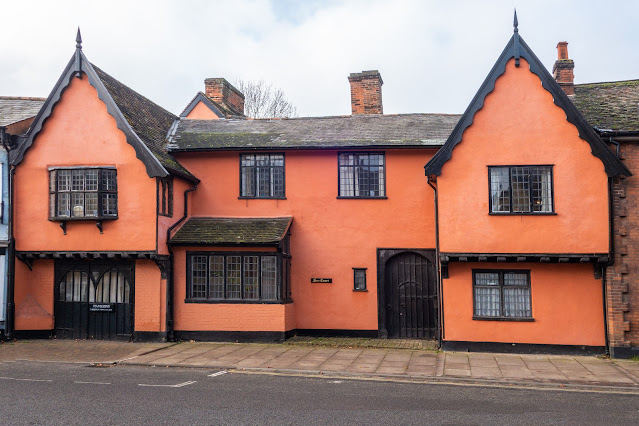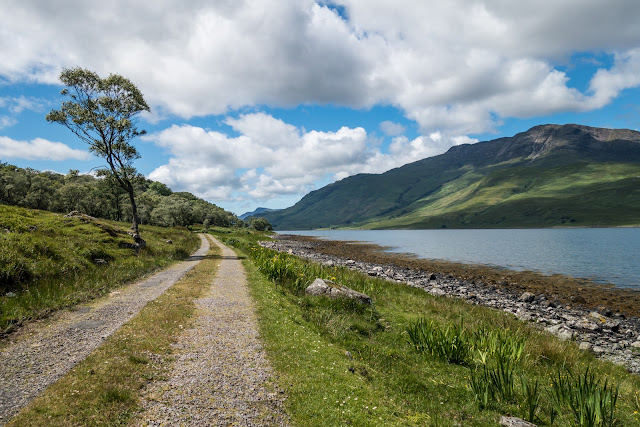The Giant Man and Sherborne
At the start of our explore of Cerne Abbas, we walked along the top of the ridge known as Giant Hill or Trendle Hill. The scenery was beautiful and the flowers added to a very pleasant morning walk
The Cerne Abbas Giant is located just outside the small village of Cerne Abbas in Dorset, about 48 kilometres (30 mi) west of Bournemouth and 26 kilometres (16 mi) north of Weymouth. The figure depicts a huge naked man, about 55 metres (180 ft) high and 51 metres (167 ft) wide. It is carved into the white chalk rock on the steep west-facing side of a hill known as Giant Hill or Trendle Hill.
The carving is formed by outlines cut into the turf about 0.6 metres (2 ft 0 in) deep, and filled with crushed chalk. In his right hand the giant holds a knobbled club 37 metres (121 ft) in length, and adding 11 metres (36 ft) to the total height of the figure. A line across the waist is considered to be a belt.
A 1996 study found that some features have changed over time, concluding that the figure originally held a cloak in its left arm and stood over a disembodied head. The former presence of a cloak was corroborated in 2008 when a team of archaeologists using special equipment determined that part of the carving had been allowed to be obliterated. The cloak might have been a depiction of an animal skin, giving credence to the theory that the giant was a depiction of a hunter, or alternatively, Hercules with the skin of the Nemean lion over his arm. Additionally, reviewing historical depictions of the giant, it has been suggested that the Giant's current large erection is, in fact, the result of merging a circle representing his navel with a smaller penis during a re-cut. In 1993, the National Trust gave the Giant a "nose job" after years of erosion had worn it away.
The Giant sports an erection, including its testicles, some 11 metres (36 feet) long, and nearly the length of its head. One commentator noted that postcards of the Giant were the only indecent photographs that could be sent through the English Post Office.
Although the best view of the Giant is from the air, most tourist guides recommend a ground view from the "Giant's View" lay-by and car park off the A352 Not as good as the aerial shots but a record nonetheless.
The lone tree
Sherborne is a market town and civil parish in north west Dorset, in South West England. It is sited on the River Yeo, on the edge of the Blackmore Vale, and was made the capital of Wessex, one of the seven Saxon kingdoms of England. King Alfred's elder brothers King Ethelbert and King Ethelbald are buried in the abbey.
The former church of Sherborne Abbey is one of the county's finest medieval buildings. The first church here was established in the 8th century as part of a Saxon abbey. Of that Saxon building little remains beyond a doorway.
Tradition tells us that the abbey was established by St Aldhelm, who came to Sherborne in AD 705 at the invitation of his relative, King Ine. The king had divided the huge see of Winchester in two parts, and wanted Aldhelm to serve as the bishop of a new see that encompassed Dorset, Wiltshire, Somerset, Devon, and Cornwall.
It seems very likely that Aldhelm established his new abbey on an existing place of worship, which would make the foundation of Sherborne Abbey very ancient indeed. Aldhelm came to Dorset to assert the authority of the Roman Catholic style of worship over Celtic Christianity, and it is said that 'by his preaching he completed the conquest of Wessex'. The abbey church served as the cathedral seat of 27 Saxon bishops until the bishopric was moved from Sherborne to Salisbury in 1075. Even after this the Bishops of Salisbury retained the manor of Sherborne and the 12th century castle here.
After the see was moved to Salisbury the abbey church became the church of a Benedictine monastery. The monastery lasted until it was dissolved by Henry VIII at the Reformation, and then the monastic church became the parish church of Sherborne.
There is nothing left of St Aldhelm's original abbey. There is surviving Saxon stonework at the west end of the present church, but this dates to a later Saxon rebuilding of Aldhelm's monastic church. The original Saxon church probably stood to the west of the present nave. During the bishopric of Bishop Alfwold (1045-1058) a new, larger church was begun to replace the earlier single-celled building. The new Saxon church consisted of a nave and choir with transepts. This forms the basis of the building we see today. The remainder of this magnificent medieval building was the work of Abbot Ramsam (1475-1504), who built the choir and rebuilt the nave and north transept.
The Conduit is a 16th century hexagonal washing area originally used by the Monks of Sherborne Abbey. With the dissolution of the monastery in 1539 the building was moved to its current location on Cheap Street. I just managed to chop the side in this image, in my attempt to capture the other buildings!
Midsummer, also known as St John's Day, is the period of time centered upon the summer solstice, and more specifically the northern European celebrations that accompany the actual solstice or take place on a day between June 19 and June 25 and the preceding evening. The exact dates vary between different cultures. The Christian Church designated June 24 as the feast day of the early Christian martyr St John the Baptist, and the observance of St John's Day begins the evening before, known as St John's Eve.The garland was in place when we visited St John's House (see below)
There are many examples of the use of Midsummer garlands in the Middle Ages, as exemplified in this article.
The almshouses of saints John the Baptist and John the Evangelist, founded in 1438 and expanded in the Victorian era in indistinguishable medieval style architecture.
Looking around these wonderful old towns you can be sure to find some lovely examples of sundial, this one being in the town of Sherborne.
I just love window and door combinations and this one took my eye in Sherborne














Comments